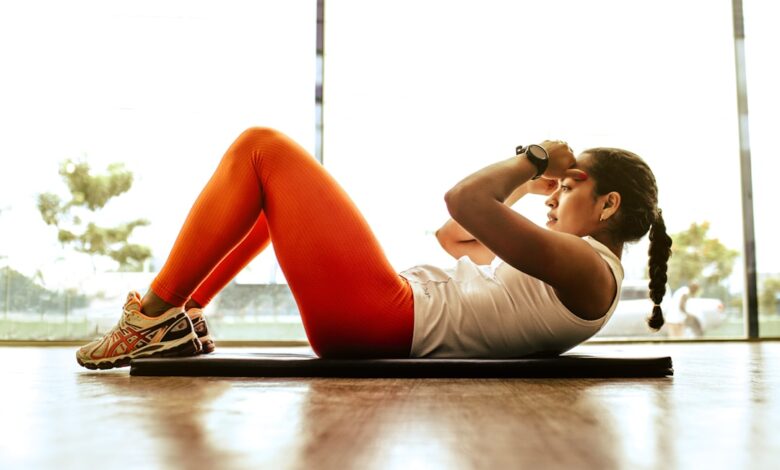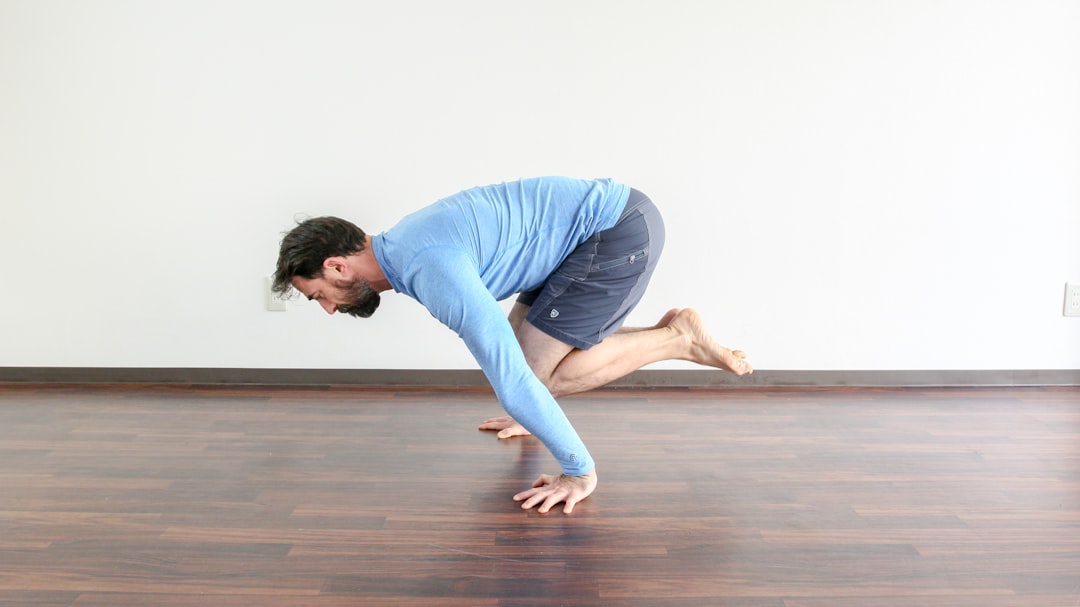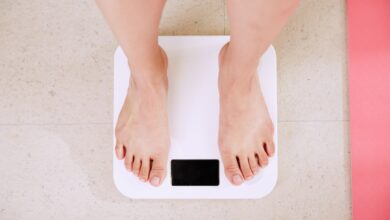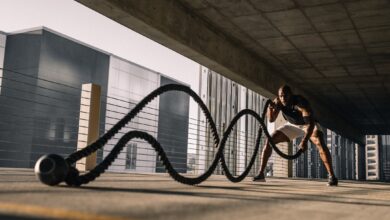5 Home Exercises To Melt Fat Without Equipment

Want to lose weight and get in shape without spending money on a gym membership or fancy equipment? You’re in luck! You can torch fat right at home with just your body weight. As a certified fitness trainer, I’ve seen amazing results from people who stick to a consistent bodyweight workout routine. Let’s dive into five awesome exercises that will help you melt fat and build strength, all from the comfort of your living room.

Why Bodyweight Exercises are Great for Fat Loss
Bodyweight exercises are fantastic because they’re convenient, effective, and can be modified to suit any fitness level. They engage multiple muscle groups at once, which means you’ll burn more calories in less time. Plus, you’ll improve your strength, endurance, and flexibility. And the best part? No expensive gym equipment is needed!
5 Fat-Melting Exercises You Can Do at Home
1. Burpees: The Ultimate Calorie Burner
Burpees are a full-body exercise that combines a squat, push-up, and jump. They’re tough, but incredibly effective for burning calories and building strength. Burpees work your chest, shoulders, triceps, core, quads, and glutes all at once.
Here’s how to do a burpee:
- Start standing with your feet shoulder-width apart.
- Squat down and place your hands on the floor in front of you.
- Kick your feet back into a push-up position.
- Perform a push-up.
- Jump your feet back to the squat position.
- Explosively jump up into the air, reaching your arms overhead.
- Land softly and repeat.
Safety Tip: If the full burpee is too challenging, you can modify it. Skip the push-up or step your feet back and forward instead of jumping. Listen to your body and don’t push yourself too hard, especially when you’re just starting out.
2. Squats: Sculpt Your Lower Body
Squats are a fundamental exercise for building lower body strength and burning fat. They target your quads, hamstrings, glutes, and core. Plus, they help improve your posture and balance.
Here’s how to do a squat:
- Stand with your feet shoulder-width apart, toes slightly pointed out.
- Keep your chest up and core engaged.
- Lower your hips as if you’re sitting back into a chair.
- Go as low as you can while maintaining good form, ideally until your thighs are parallel to the ground.
- Push through your heels to return to the starting position.
- Repeat.
Safety Tip: Make sure to keep your back straight and your knees behind your toes. If you have knee problems, you can do partial squats or try wall squats for extra support. A great modification for beginners is the chair squat. Slowly lower yourself until you lightly touch a chair, and then stand back up.
3. Push-Ups: Build Upper Body Strength
Push-ups are a classic exercise for building upper body strength. They work your chest, shoulders, triceps, and core. Push-ups can be modified to suit different fitness levels, making them accessible to everyone.
Here’s how to do a push-up:
- Start in a plank position with your hands shoulder-width apart, fingers pointing forward.
- Lower your body until your chest almost touches the ground.
- Keep your elbows close to your body.
- Push back up to the starting position.
- Repeat.
Safety Tip: If regular push-ups are too difficult, you can do them on your knees. This reduces the amount of weight you’re lifting, making the exercise easier. Focus on maintaining good form and gradually increase the number of repetitions as you get stronger.
4. Plank: Strengthen Your Core
The plank is an isometric exercise that strengthens your core muscles. It works your abs, obliques, lower back, and shoulders. A strong core is essential for good posture, balance, and overall stability.
Here’s how to do a plank:
- Start in a push-up position, but instead of placing your hands on the ground, rest on your forearms.
- Keep your body in a straight line from head to heels.
- Engage your core muscles and squeeze your glutes.
- Hold the position for as long as you can maintain good form.
Safety Tip: Avoid sagging your hips or arching your back. Keep your core engaged and your body in a straight line. Start with short holds (e.g., 20-30 seconds) and gradually increase the duration as you get stronger. If you feel any lower back pain, stop immediately.
5. Mountain Climbers: Cardio and Core in One
Mountain climbers are a dynamic exercise that combines cardio and core work. They work your abs, obliques, chest, shoulders, and legs. Mountain climbers are a great way to raise your heart rate and burn calories quickly.
Here’s how to do a mountain climber:
- Start in a plank position.
- Bring one knee towards your chest, keeping your foot off the ground.
- Quickly switch legs, bringing the other knee towards your chest.
- Continue alternating legs as quickly as you can while maintaining good form.
Safety Tip: Focus on keeping your core engaged and your back straight. Avoid letting your hips sag or rise too high. If you find it difficult to maintain good form, slow down the pace. Start with short bursts (e.g., 30 seconds) and gradually increase the duration as you get fitter.
Creating Your Home Workout Routine
Now that you know these five fantastic exercises, let’s talk about how to put them together into a workout routine. A good starting point is to aim for 3-4 workouts per week, with rest days in between. Here’s a sample routine:
Warm-up: 5 minutes of light cardio, such as jogging in place or jumping jacks.
Workout:
- Burpees: 3 sets of 10-15 repetitions
- Squats: 3 sets of 15-20 repetitions
- Push-Ups: 3 sets of as many repetitions as possible (AMRAP)
- Plank: 3 sets, holding for 30-60 seconds
- Mountain Climbers: 3 sets of 30-60 seconds
Cool-down: 5 minutes of stretching, focusing on major muscle groups.
Remember to adjust the number of sets and repetitions based on your fitness level. As you get stronger, you can increase the intensity by adding more repetitions, sets, or incorporating variations of the exercises. Don’t forget to stay hydrated and listen to your body.
Benefits of Regular Bodyweight Exercise
Besides fat loss, regular bodyweight exercise offers a wide range of benefits. You’ll improve your strength, endurance, flexibility, and balance. You’ll also boost your mood, reduce stress, and improve your overall health. Plus, you’ll save money on gym memberships and equipment, and you can workout anytime, anywhere.
Potential Concerns and How to Address Them
While bodyweight exercises are generally safe, it’s important to listen to your body and take precautions to prevent injuries. If you have any underlying health conditions, it’s always a good idea to consult with your doctor before starting a new exercise program. Start slowly and gradually increase the intensity and duration of your workouts. Use proper form to avoid strains and sprains. And don’t forget to warm up before each workout and cool down afterwards.
Frequently Asked Questions (FAQ)
How often should I do these exercises?
Aim for 3-4 times per week, with rest days in between to allow your muscles to recover.
How long should each workout last?
A good workout can last anywhere from 30 to 60 minutes, including warm-up and cool-down.
Can I do these exercises every day?
While you *could* do some of these daily, it is generally better to allow for rest and recovery to avoid overtraining and potential injuries. Incorporate active recovery, like walking or stretching, on your rest days.
What if I can’t do all the repetitions?
That’s perfectly fine! Start with what you can comfortably do and gradually increase the number of repetitions as you get stronger. Remember, consistency is key.
Will these exercises build muscle?
Yes! Bodyweight exercises are excellent for building muscle, especially when combined with a healthy diet. You might not get as bulky as you would with weightlifting, but you’ll definitely build strength and definition.
So there you have it – five fantastic home exercises that can help you melt fat without any equipment. Remember, consistency is key. Stick to your workout routine, eat a healthy diet, and you’ll be well on your way to achieving your fitness goals. Don’t be afraid to modify the exercises to suit your fitness level and always prioritize proper form to prevent injuries. Now get moving and start burning those calories!



